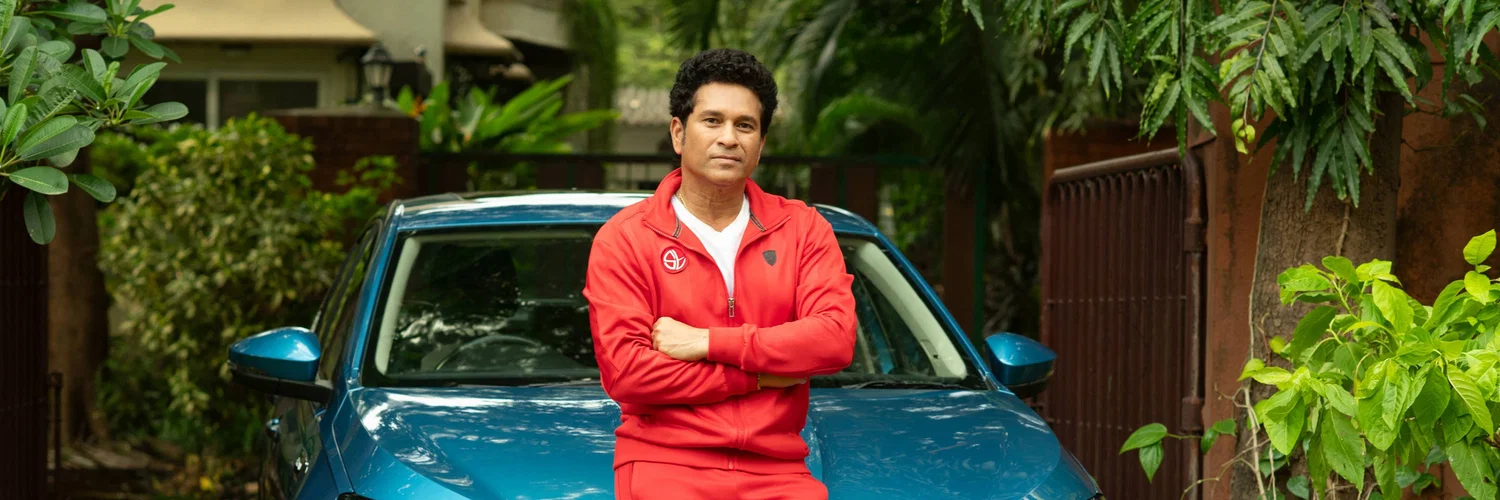Teflon and ceramic coats are synthetic sealants that protect the paint of the car by forming a layer or a coat over it upon application. This layer protects the paint from scratches and the effects of natural elements like rain, dust, heat, cold etc. Their ability to retain the shiny gloss of the car paint is what makes them popular, and unlike usual waxing, teflon coats last for 6 months to 1 year while ceramic coats last up to 5 years.
Table of Contents
- What is Teflon Coating?
- What is Ceramic Coating?
- Difference between Teflon Coating and Ceramic Coating
- FAQs about Teflon Coating vs Ceramic Coating
What is Teflon Coating?
Teflon coating is a synthetic fluoropolymer material that bonds to your car’s paint and forms a layer over it. This layer provides protection from minor scratches and helps keep the shine on your car lasting for longer.
Advantages of Teflon Coating
- Prevention of scratches: Scratches on the surface of the car are mostly obtained through small particles of dust during dusting. A teflon layer on top of the paint prevents these particles from scratching the paint surface.
- Makes the surface hydrophobic: Accumulated water on the paint surface can also cause stains, but a teflon layer causes the surface to be hydrophobic, causing the water to slip away.
- Scratch removal: Scratches that haven’t penetrated the paint surface can be removed by the application of a Teflon coat, while the scratches that have penetrated the paint layer cannot be removed.
- Shine lasts longer: The inclusion of a Teflon layer makes your car’s shine last for longer as it protects the paint surface from the effects of the natural elements.
Disadvantages of Teflon Coating
- Can get removed easily: Frequent washes with soap or detergent can remove the Teflon coat from your car. Only wash when absolutely necessary.
- Low durability: A teflon coat has a life of 6 months to one year if maintained properly. In comparison, a ceramic coat lasts for up to five years and a Paint Protection Film (PPF) lasts for 10 years.
- Costlier: The initial cost of a teflon coat will be cheaper than the cost of a ceramic coat or a PPF. The frequency of recoating the teflon coat makes it expensive in the long run.
What is Ceramic Coating?
If you’ve seen a hard candy, you will be familiar with its glossy exterior. Well, the ceramic coating on a car is something like that. It is hard, transparent and shiny, and enhances the look of your car while protecting it. A ceramic coating is a synthetic sealant made of silica or quartz silane, some ceramic coatings also have compounds based on titanium dioxide. When applied to a car’s paint, the two i.e., the sealant and the car paint, create a chemical bond with hydrophobic properties. The application of the ceramic coating is similar to teflon coating with the only difference being in the area covered at a time and the curing treatment. The ceramic coating covers a small area at a time and after completion of application the car is kept in a controlled space for the coat to cure, this makes ceramic coat application a bit more time consuming than the teflon coating application process.
Advantages of Ceramic Coating
- Enhances and retains the shine of your car paint: The hard, clear and glossy ceramic coat makes the paint shine more intensely. The ceramic coating is very durable and can last 5-7 years depending on the kind of coat applied.
- Scratch-resistant and helps prevent swirl marks: The hard nature of ceramic coating does a good job of protecting the car’s surface against scratches and swirls keeping the surface smooth and shiny.
- UV resistant: Ultraviolet rays oxidise your car’s paint which causes it to fade over time. A ceramic coating helps prevent that by becoming the layer between the UV rays and the paint, this layer doesn’t oxidise hence your car keeps looking like new for longer.
- Water repellant: Like teflon coating, ceramic coating too, is hydrophobic and this property helps water bead and slide off the surface of the car.
Disadvantages of Ceramic Coating
- Doesn’t protect against all scratches: The ceramic coating doesn’t protect against rock chips or other heavier scratches.
- Water stains: Although the coat is water repellant a thorough wipe is required after the vehicle has dried If not done, this leaves stains on the coat.
- Maintenance required: You might not have to wash your car time and again, however, to maintain the ceramic coating, it requires washing and cleaning at times to be in the best shape. This can be done by using car wash friendly to ceramic coats.
- Requires a professional to apply and remove: Ceramic coat is a sealant that is in liquid form and upon drying leaves a layer, if this layer is not applied properly it could give an uneven finish. The removal of the layer requires sanding the car’s surface, which if overdone in one place would harm the paint and the appearance.
Difference between Teflon Coating and Ceramic Coating
While both teflon and ceramic coating protect the car’s paint along with maintaining the shine, there are few differences between them.
Durability
Ceramic coating can last for a period of five years before showing signs of wear while a teflon coat will only last a year. The reason for the durability of ceramic coating is the smaller size of its molecules that can seep deep between the paint molecules and stay there.
Protection
Teflon coating protects against rust, minor scratches, induces hydrophobicity and enhances the shine of the car. The ceramic coating has a slight advantage as it provides all the protection teflon offers and betters it. In addition to these, the ceramic coating protects the paint from UV rays and prevents oxidation of the paint.
Cost
Though initially, teflon coating might seem cheaper at a price of Rs.5000-15000, but frequent visits to restore it over time will cost a bomb. On the other hand, ceramic coating can be applied at prices upwards of Rs. 20,000, the cost, though intimidating at first is a value for money as ceramic coatings last for several years. If taken care of properly, a good ceramic coating can last you a lifetime.
FAQs about Teflon Coating vs Ceramic Coating
Q. Which is better Teflon or ceramic coating?
A. Ceramic coating is a value for money proposition as it can last for many years, even a lifetime, if taken care of properly, but it has a high initial cost. Teflon coat on the other hand has a lower initial cost but has to be applied time and again which make it a costly affair in the long run.
Q. Are Teflon coating and ceramic coating the same?
A. Though both teflon and ceramic coating perform the same task of protecting the car’s paint, they’re are slightly different from each other. A teflon coating is a Polytetrafluoroethylene (PTFE) based compound that forms a superficial coating on the paint surface. The ceramic coating is silica or a quartz-based polymer that also binds to the car’s paint but at a molecular level and offers stronger protection and stays for longer.
Q. How long does it take to apply Teflon coating on a vehicle?
A. It normally takes 3-4 hours to apply the teflon coating on the car, after it has been washed, dried, polished. Drying the car surface is particularly important as the teflon coat won’t bind to a wet surface. Post application of the teflon coat the car is rebuffed to give it a superior shine.
Q. Why does teflon coating have less life than ceramic coating?
A. A ceramic coating goes deep and binds with the paint molecules with a thicker layer giving it a greater adhesive force and hence longer life. The standard ceramic coating forms a 2-micron thick layer on the paint surface. A teflon coat also binds with the molecules but the layer is only 0.2 microns thick, this results in it having a lesser life than the ceramic coating.
Q. How long does it take to apply a ceramic coating?
A. It usually takes a days time to apply the ceramic coating along with another 24 hours for the coating to cure. So in total it takes 1-2 days for ceramic coating to be applied to a car.

















